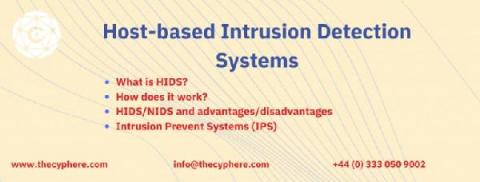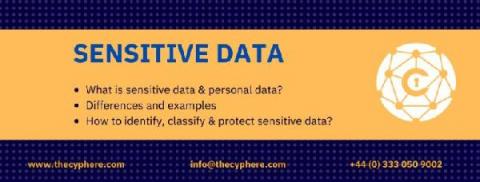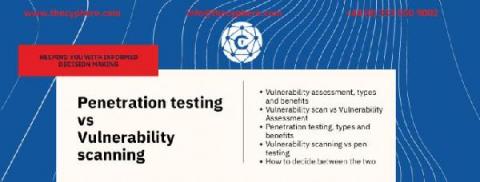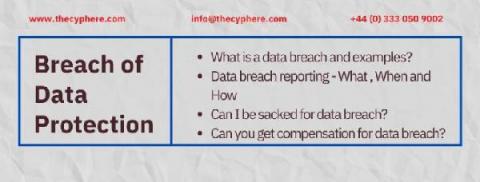What is symmetric and asymmetric encryption? Examples & Use cases (including top mistakes)
Encryption is the process of converting plaintext data into an alternative form known as ciphertext. However, only authorised users can decipher the ciphertext back into clear-text to access the information. There are two types of encryption in widespread use, i.e. symmetric and asymmetric encryption. These names symbolise whether the same key can be used for encryption and decryption processes. These two terms: Encryption and cryptography, are often used interchangeably.











